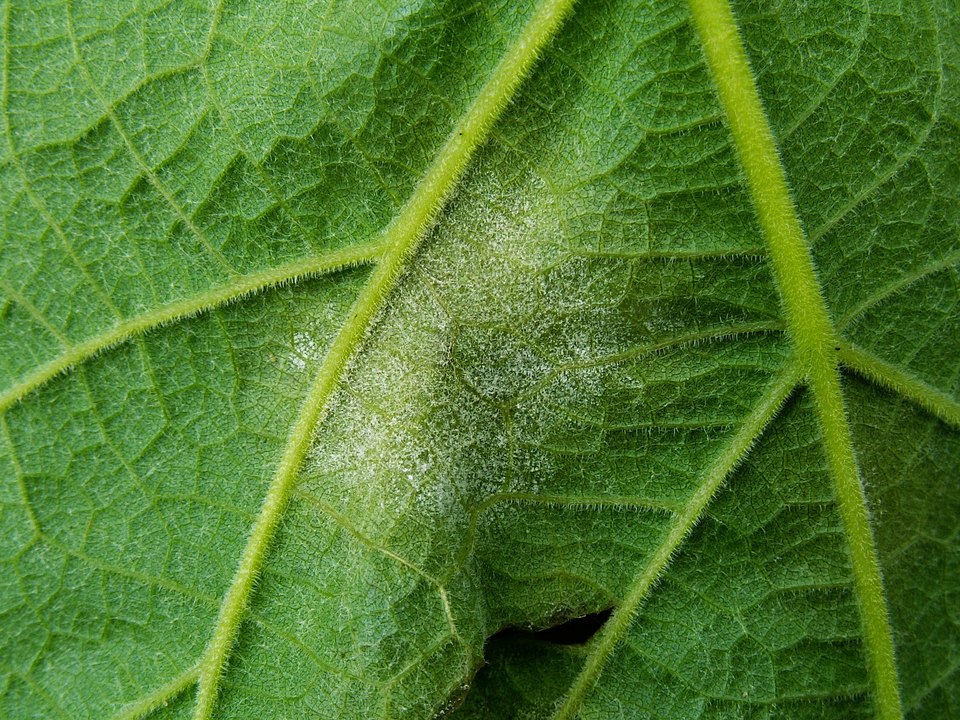Downy Mildew on Grapevines (Plasmopara Viticola)

Downy mildew is considered to be the most devastating disease of grapevines in climates with relatively warm and humid summers. That includes Switzerland, France and Italy, the countries where databaum has most of its customers. It is therefore also one of our main focus areas.
History
The fungus (fungus-like, but let's ignore that for the time being) was first discovered in 1835 in the US. Unfortunately, it didn't take long after that for the fungus to be imported to Europe where it pretty much immediately had devastating effects and still continues to do so (almost 30% yield loss in 2021 in France).
In biology, everything strives for a balance. This is also what happened in the US, where most grape varieties developed some form of resistance (when I say developed, I mean evolution. Survival and reproduction of those which were resistant and death of a disease which was too devastating because it killed all possible hosts).
It didn't take the French winemakers long to discover that they could plant their grapes on an American rootstock in order to partially protect their plants from the disease. That had the additional benefit of maintaining their acquired taste. The practice is standard today. Another standard that is still being maintained is the application of chemicals to protect their vineyard. In 2013 France used 59% of all fungicides in winemaking. That fungicide has been applied on ~4% of the agricultural area.
Let's change that. Let's make sure that pesticide is applied optimally and grapes are protected.
Development
Downy mildew has 2 periods of infection (primary and secondary):
The primary infection comes from old infected leaves or residues of previous season. Secondary infection is more severe and the spores from a fresh leaf or branch infect fresh plant tissue. If not controlled timely, the secondary infection can cause severe crop damage. All the physiological events of fungal infection can be derived from mathematical equations which depend on environmental conditions like temperature, rain, humidity, leaf wetness, vapor pressure deficit, etc.
Detection
Downy mildew is one of the easier diseases to recognize. If you see powder on the bottom, but only brown ("oil spots") on the top, it's most likely downy mildew.

For more detailed descriptions on how these oil spots look when they develop or merge, see https://www.agric.wa.gov.au/table-grapes/downy-mildew-grapevines.
About our mechanistic model
This model was originally designed by Chiara Brischetto, Federica Bove, Giorgia Fedele and Vittorio Rossi. You can find the original article here: https://doi.org/10.3389/fpls.2021.636607. Even though the model is based upon over 40 years of research, we had to adapt it at various places.
The model predicts the secondary infection of downy mildew
You should therefore already have lesions (oil spots) present on some of the leaves.
How to use the databaum model
There are two necessary steps for an infection.
1. Sporulation events is when the pathogen releases spores. These die over time with various rates depending on if they are airborne or on a target leaf.
2. If a spore manages to land and survive on a target leaf, it waits for favorable conditions. Those conditions are denoted in the app with infection events. This is when it infects the leaf (remember the tentacle from the video above?). After the incubation time, each spore will have destroyed all cells around its point of entry and created an oil spot.
Therefore depending on the mode of action of your treatment (e.g. pesticide), you should apply it before or soon after an infection event. We'll work on making this recommendation more precise.
You can use our disease prediction model to see the status of the disease against the respective Julian days as shown below:

The color code for the respective days is as follows:

If you want to stay up to date, you can subscribe for the newsletter.
We wish you successful and healthy farming. Without downy mildew damage.
